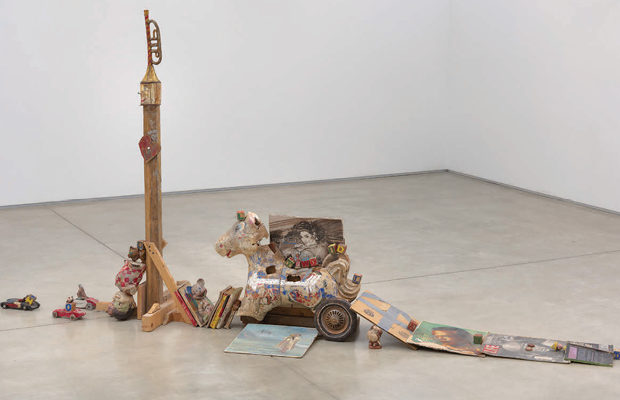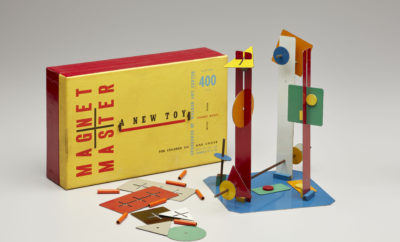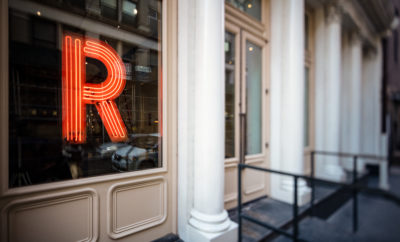 COURTESY JOEL OTTERSON AND MALONEY FINE ART, LOS ANGELES/PHOTO © MALONEY FINE ART
COURTESY JOEL OTTERSON AND MALONEY FINE ART, LOS ANGELES/PHOTO © MALONEY FINE ART
Exhibition
The Art of In-Between
A NEW EXHIBITION AT THE Pasadena Museum of California Art delves into the ambiguity of the in-between. Interstitial, curated by John David O’Brien and on view March 5 through August 6, presents freestanding sculptural works by seven Los Angeles–based artists: Jeff Colson, Renée Lotenero, Kristen Morgin, Joel Otterson, Re-becca Ripple, Aili Schmeltz, and Shirley Tse. The artists reference familiar and utilitarian objects from the every-day, reconfiguring ordinary things and materials to create new encounters. The exhibition disrupts our expectations of context and encourages the viewer to question the ways in which values and meanings are ascribed.
The interstice is an idea that has long been invoked in contemporary art. It denotes a transitional space in which definitions are suspended and categories blurred; it’s a productive area of overlap. Interstitial explores object-based sculpture a the brink of these intersecting categories – the precious and the common, “fine art” and craft, permanence and disposal, high and low—revealing the compelling and strange spaces of intersection between these categorical absolutes. Interstitial offers a welcome descent into an un-scripted territory; the familiar becomes new again from the vantage point of somewhere in-between.
“Since the advent of modernism, most contemporary sculpture has been explored in purely formal terms,” says curator O’Brien. “Interstitial proposes three-dimensional works at the crossroads between everyday objects and formally configured forms in space. A viewer can marvel at how the commonplace becomes something altogether different in these artists’ deft and sly tinkering with the knowns.”
Jeff Colson, for instance, presents what appears to be an industrial filing cabinet and desk stacked precariously with reams of blank yellowing paper. Upon closer inspection, however, we realize the sculpture is entirely deceptive. The piece, created using the artist’s elaborate trompe l’oeil technique, is made of urethane resin, wood, and acrylic paint, and is, in fact, an elaborate composition staged to look like an unassuming, albeit pathological, accumulation of office supplies.
Kristen Morgin’s sculptural assemblages of raw, unfired painted clay are made to look like unremarkable everyday objects such as paperback books, garden variety tchotchkes, dumpster castaways, and cardboard. In American Portable Pottery Museum (1994), Joel Otterson masses a collection of discarded ceramics to reference domestic handicraft, industrial welding, and the decorative arts. Aili Schmeltz also plays with our object expectations, transforming construction materials such as cinder blocks and bricks with high art casting materials such as bronze, and creating sophisticated abstract geometric installations out of craft materials like thread and macramé.
This unlikely cast of everyday objects grounds Interstitial in familiar terms; even the exhibition’s installation is curated to feel more like an encounter in the outside world than a prescriptive experience within the daunting white cube. Everything can be seen in the round, and nothing is hedged against intimidating walls. Amid these wonderfully ambiguous objects, we are reminded of the trappings of our assumptions and forced to challenge our reliance on the known. Interstitial is a revelation, offering us a renewed sense of contingency and relativity. pmcaonline.org















